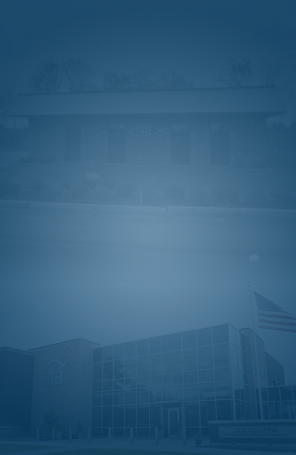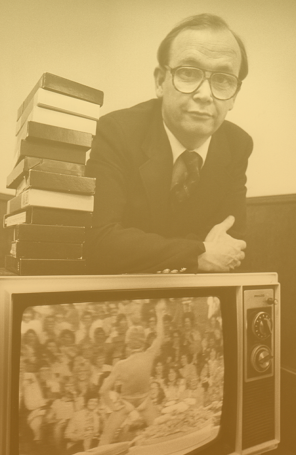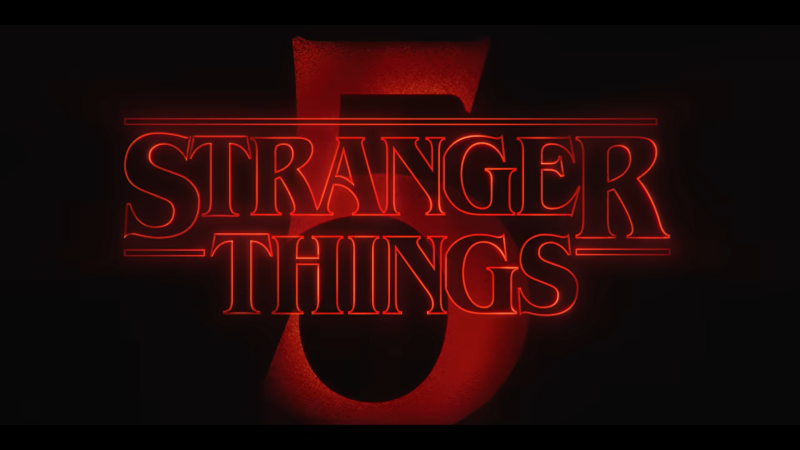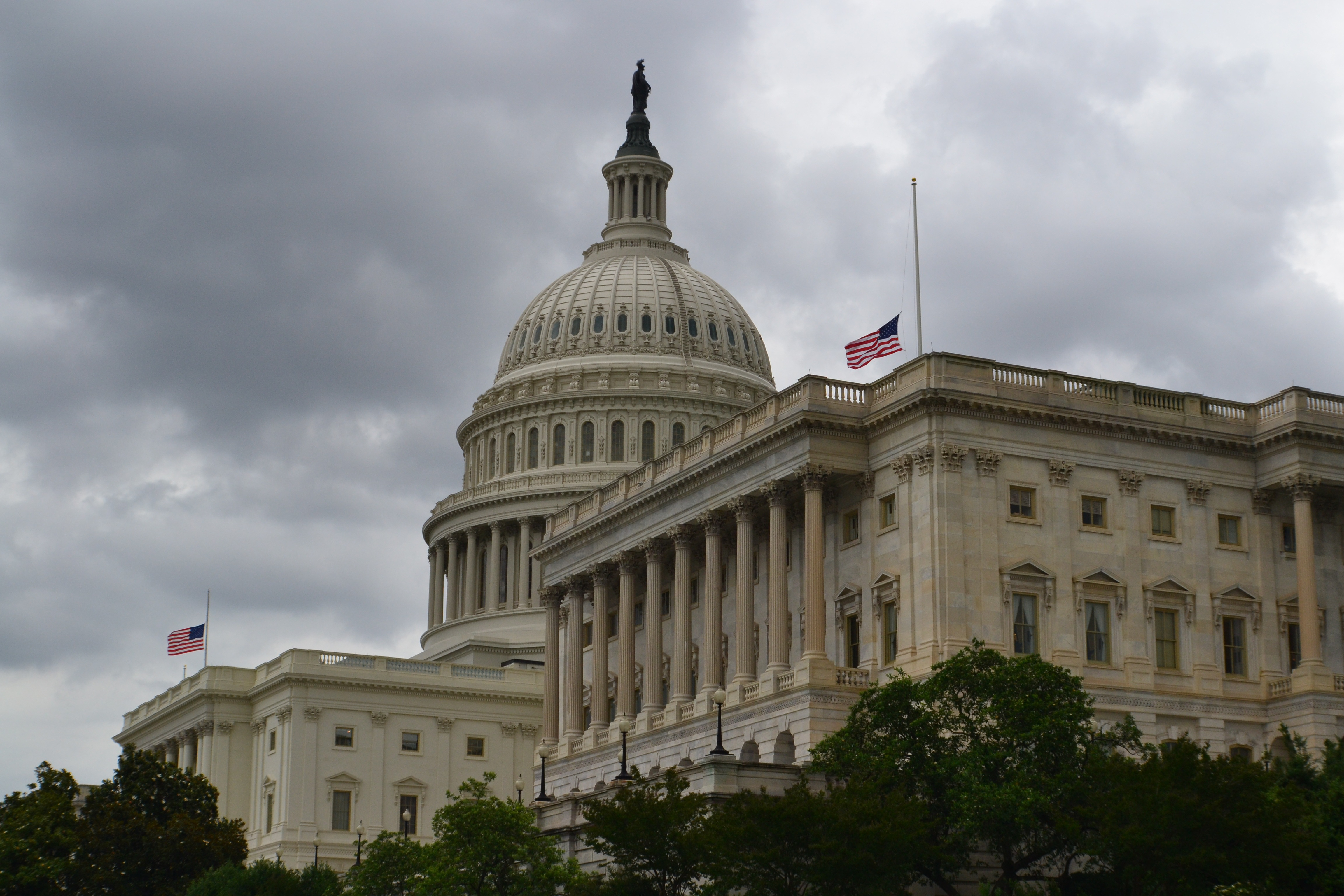Australia’s Fires: Caused by Bad Forestry and Arson, Not Global Warming
Sign up for a six month free
trial of The Stand Magazine!
Ecofascists have been unable to contain themselves in the wake of the catastrophic wildfires that seemed to be burning up the entire country of Australia. At least 27 people have been killed and 2000 homes have been destroyed as bushfires have burned more than 25 million acres, an area larger than South Korea. Substantial rainfall is not likely for months.
Remember all the agitation over the fires in Brazil? Australia's wildfires have dwarfed them, with its burnt terrain more than twice the extent of the terrain ravaged this year by fires in Brazil, California, and Indonesia combined.
As I write, there are more than 130 fires burning in New South Wales, with more than 50 of those not under control. In Victoria, 240,000 Australians have been told to leave their homes, even though they have no place to go. Losses are estimated at $3.4 billion.
And without exception, global warming is blamed as the culprit.
“Make no mistake. The tragedy unfolding in Australia is climate change-based,” said eminent climate scientologist Russell Crowe.
“Australia is committing climate suicide,” blared a headline in the New York Times.
“When one country faces a climate disaster, we all face a climate disaster,” bleated Cate Blanchett at the Golden Globes on Sunday.
No environmental incident would be complete without sober commentary from climate celebrity Greta Thunberg. “Australia is on fire,” she declared, and there is no “political action [to combat] the climate crisis.”
But they’re all wrong about where the blame belongs. Wildfires, of course, cannot be completely prevented, but unmanageable, out of control, Australia-sized bushfires can.
There are two main problems in Australia, the same two problems that contribute to disastrously destructive fires in the U.S. Those problems are arson and bad forestry.
If people are determined to start fires in the wilderness or in the forest, not much can be done to stop them. What authorities should say to arsonists is, “We can’t make you behave, but we can make you wish you had.”
Police have arrested 183 people for lighting bushfires in Australia, most of them males between 12 and 24 or in their 60s. Executing those whose fires kill people, and giving the rest of them a long time to think about the trauma their fires have caused, might reduce recidivism and serve as a deterrent to other potential firestarters.
One of the latest and largest fires was sparked by dry lightning. There’s not a thing man can do about lightning. Only God can do something about that. But the problems with bad forestry can be blamed entirely on politicians and bureaucrats. There is only one way to prevent unmanageable fires, and that is to reduce the one variable that man can control: ground fuel. A fire can’t burn where there is nothing to burn. On the other hand, a four-fold increase in ground fuel means a 13-fold increase in the heat generated by a fire.
Misguided bureaucratic policies designed to protect the goddess Gaia - drastic reductions of timber harvests, aforementioned fire suppression policies, and significant reductions of livestock grazing on public lands - have increased rather than reduced the risk to the environment. Prescribed burns are prohibited virtually everywhere, which simply means that disaster is always just a match away.
Last fall, protesters in East Gippsland in the state of Victoria stopped a hazard-reduction burn because it was “killing baby birds alive.” In the end, hazard reduction was applied to only three percent of the area. Two months later, East Gippsland got burned out, along with untold numbers of baby birds.
When electricity authority TransGrid in 2001 without permission cleared a 200-foot-wide firebreak to protect high-voltage lines that ran through rugged bushland near the national capital of Canberra, the utility was sued by four government agencies and fined $1 million. But a year later, when a calamitous fire swept the Snowy Mountains in New South Wales, TransGrid’s firebreak was the only safe haven for kangaroos, wallabies and three forest workers.
In rural Victoria, volunteer firefighter Liam Sheahan was fined $50,000 for clearing trees to create a firebreak around his property to protect his home. The fine nearly bankrupted him. But five years later, when the 2009 Black Saturday fires swept through the area, his was the only house left standing.
Says Australian Capital Territory forester and former acting fire control officer Ian McArthur, “Climate change has not caused the current fire crisis. Long unburnt fuels in national parks are the primary cause.”
David Packham, a former researcher at the Commonwealth Scientific and Industrial Research Organization in Australia, warned in 2015 that fire fuel levels had climbed to their most dangerous levels in thousands of years. The table has been set for a long time.
Tom Marland writes, “You can't blame climate change when you haven't back burned this millennium. You can't blame climate change when there are no fire breaks or cool buffer zones installed around towns, houses and critical infrastructure.” Unless we burn vegetation on purpose before it overgrows, it will consume us, our homes, and even our towns.
Environmentalists often talk about stewardship. Well, right here is where we need it. We need human beings in the environment to manage it and protect it, to conduct the controlled burns, to log the trees, to graze the cattle, and do all the other things that reduce the fuel load.
Removing man from the environment is doctrine in the cult of vegetation worship, but it is a boneheaded idea. It is the absence of human stewardship and intervention that has resulted in offering millions of acres as a burnt offering to Gaia, along with one billion burned-to-a-crisp mammals, birds, and reptiles, including kangaroos, wallabies, and koalas. Who does that benefit? No one.
A 120-year record of Australian rainfall demonstrates that there has been no systematic climate change there at all. The same goes for California, where rainfall data from the National Oceanic and Atmospheric Administration going back to 1895 likewise shows no systematic climate change, period. No, climate change is not to blame for Australia’s wildfires. But people are.
The author may be contacted at [email protected]

Sign up for a free six-month trial of
The Stand Magazine!
Sign up for free to receive notable blogs delivered to your email weekly.



















